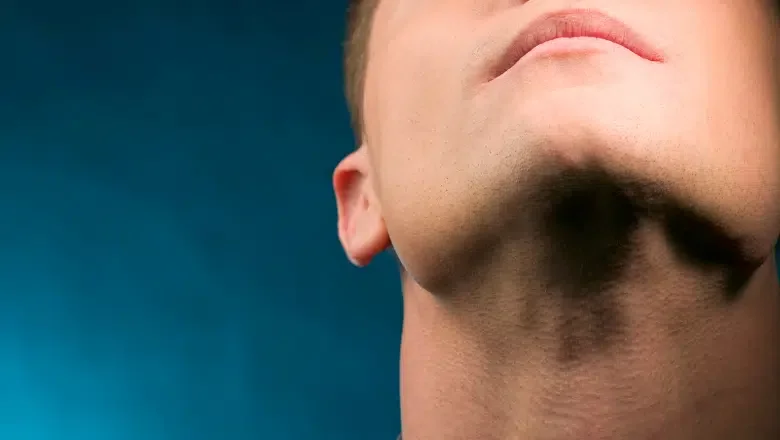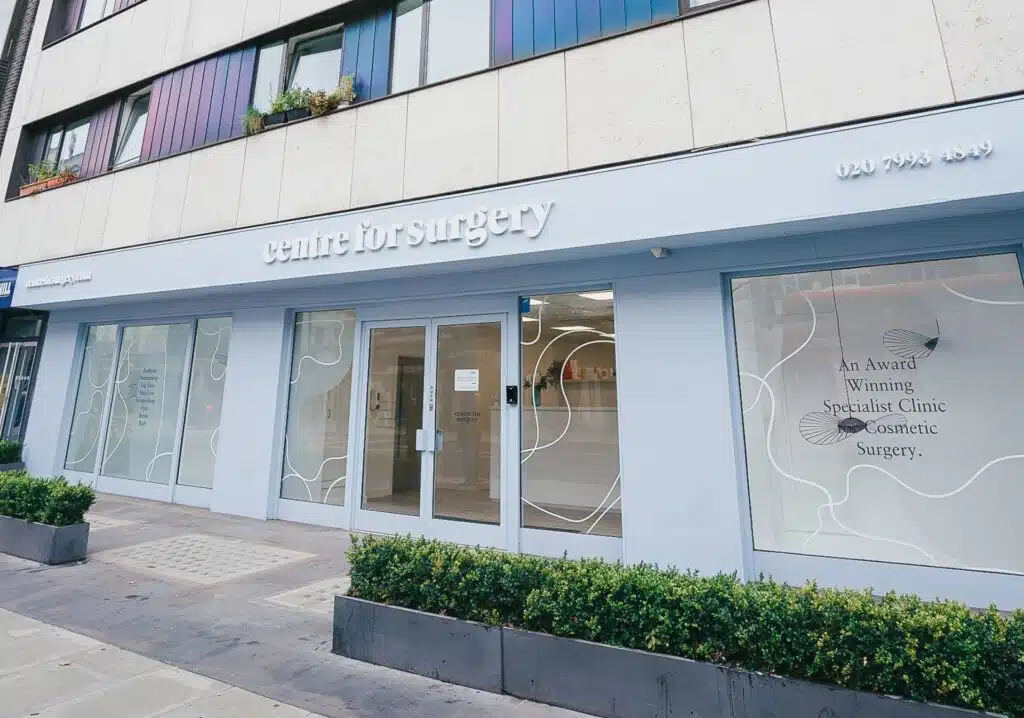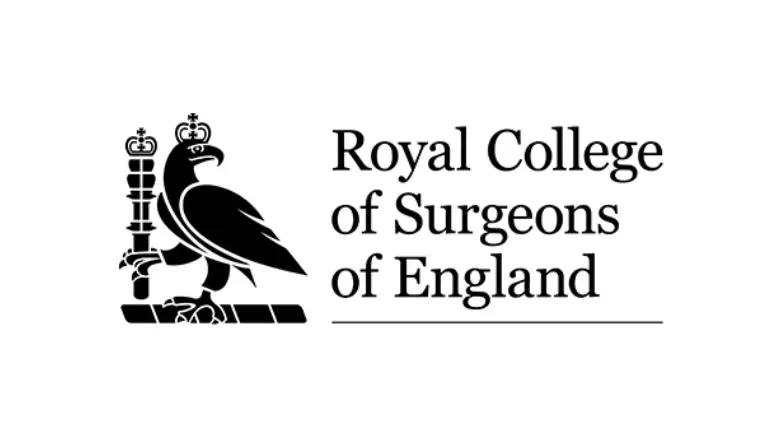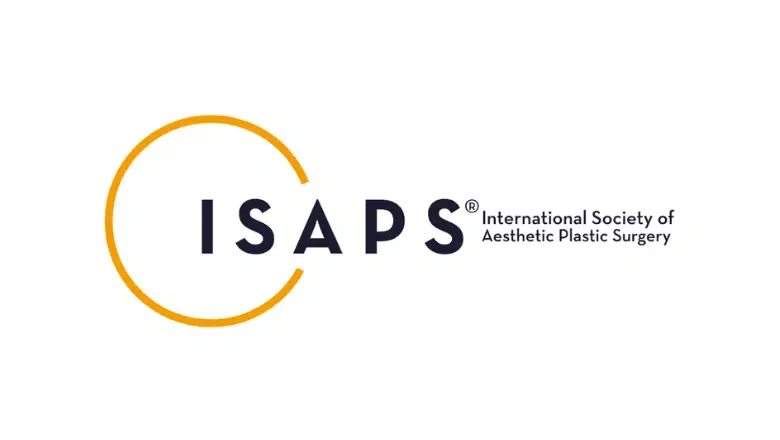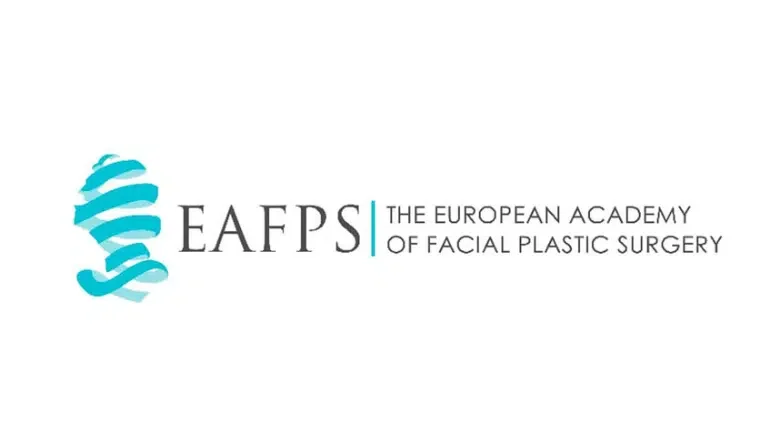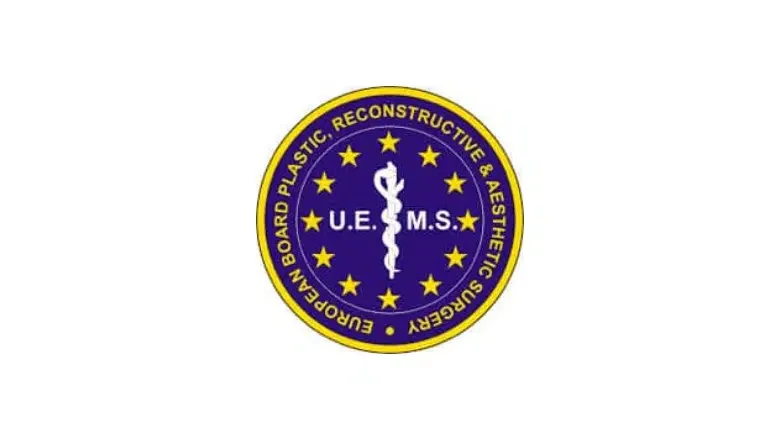Guide to Quicker Healing After Chin Surgery
Are you thinking about changing the look of your chin? A chin surgery procedure can make your face look better by fixing a chin that seems to have pulled back a bit. With this treatment, you’ll see a better side view of your face. But remember, to truly see the difference, you’ll have to wait until you fully recover after the surgery.
RELATED: Male Chin Surgery
If you’re looking around London for the best place to get this done, think about Centre for Surgery. We have a team of expert surgeons specially trained in chin operations. They’re not just good at what they do; they’re fantastic! They’ve mastered specific ways to ensure you get the best possible look and spend less time healing. So, in simple words, you’ll look great in no time!
Exploring Chin Augmentation Options
Chin augmentation, also known as genioplasty, is a procedure that can totally transform the appearance of your chin. Specialists can use two main methods, and each one serves a particular purpose. These procedures can make a significant difference, whether it’s adjusting the size or reshaping the chin. Let’s look more closely at these two types of chin augmentation surgeries:
Chin Implants
If your chin needs more definition or a complete alteration in shape, chin implants might be the way to go. During this procedure, the surgeon will typically use general anaesthesia to ensure your comfort. Depending on the procedure, they’ll then make small cuts either on the sides of your face or behind the earlobes.
RELATED: Chin Implant Surgery vs Chin Fillers
The surgeon will insert a special material, usually made of synthetic plastic, into your chin. This material helps to secure the bone and alter the shape of the chin, according to what you’ve discussed with your surgeon beforehand.
There’s also a non-surgical alternative to this procedure. Fillers, which are special medical substances, can be injected into the chin area to enhance its appearance. This approach might be suitable if you’re looking for a more subtle change or if you prefer to avoid surgery.
Sliding Genioplasty (Osseous Genioplasty)
This technique is a bit different. It’s sometimes called osseous genioplasty, focusing on cutting and reshaping the chin and jawbone. The aim is to provide a more stable structure for your face and can dramatically change the appearance of the chin.
This method is often recommended for individuals suffering from retrogenia. Retrogenia is a genetic issue that causes the chin to pull back towards the neck, creating what many refer to as a ‘weak’ or ‘receding’ chin. Generally, this doesn’t cause any problems with how the jaw or mouth works, but it can affect appearance.
RELATED: Solutions for a Receding Chin
In severe cases, especially in infants, retrogenia might lead to difficulty breathing. In such cases, medical intervention to correct the chin’s positioning becomes necessary.
RELATED: How Long Does Chin Augmentation Last?
Preparing for Chin Implant Surgery
Undergoing chin implant surgery can be a significant decision, and appropriate preparation is essential for a successful outcome and smooth recovery. At our Baker Street clinic, we will guide you through the pre-surgery process, making sure that you understand every step. Here’s what you need to know:
Ask Questions
During the consultation, feel free to ask as many questions as you need to fully understand the procedure, risks, and recovery. Knowing exactly what to expect can help to alleviate any concerns or anxieties you might have.
Plan Your Transportation and Time Off
Please arrange for someone to drive you home after the surgery, as you won’t be able to do it yourself. Taking a week off from work will allow you to recover without the pressure of immediately returning to your daily routine.
Make Practical Arrangements in Advance
Tackling major chores a few weeks before the surgery will allow you to return to a clean, peaceful home where you can rest comfortably. Comfortable clothing like button-down shirts and zip-up garments are ready. Ensure your clothes are ironed and easy to wear, as you may not feel up to laundry in the early stages of recovery. Consider breathable fabrics for added comfort.
Keep Important Contacts Handy
Compile a list of essential contacts, including emergency care providers, and keep it in an easily accessible place. Share these contacts with close friends or family members who will assist you during your recovery.
Set Up Your Resting Space
Your bedroom should be ready for your recovery, with everything you might need within easy reach. Consider keeping extra pillows, chargers, books, entertainment options, medications, and snacks by your bedside. This will help you to remain comfortable and relaxed without having to move around too much.
Stop Smoking
Quitting smoking at least a few weeks before the operation is crucial. The toxins from smoking can hinder the flow of oxygen to your body’s organs, including the surgical area, which can disrupt the healing process.
Avoid Certain Medications
You should avoid over-the-counter medicines, painkillers, supplements, and anti-inflammatory drugs, as they may cause prolonged bleeding after the surgery. We will provide you with a comprehensive list of what to avoid and what prescription medications you’ll need post-surgery. Stocking up on these in advance is a wise idea.
Prepare Meals in Advance
Having healthy, home-cooked meals ready for your recovery period will be incredibly convenient. Avoiding high-sodium foods is important, so preparing nutritious meals ahead of time can take away the stress of cooking while recovering.
These pre-surgery recommendations are designed to ease your recovery and provide peace of mind as you approach the day of your chin implant surgery. Careful preparation can help you avoid unnecessary stress, allowing your body to focus on healing. Following these guidelines will put you in the best possible position to enjoy a swift and smooth recovery.
How Long Is the Recovery Period After Chin Surgery?
The recovery period after chin surgery varies depending on the specific procedure performed. Here’s an overview of what you might expect:
For Injectable Chin Fillers:
Injectable chin fillers involve using dermal fillers to enhance the appearance of the chin. Since this is a non-surgical approach, the recovery period is quite short. You may experience some minor discomfort, swelling, or bruising, but these effects typically subside within a few days. You’ll likely be advised to avoid certain activities during this brief recovery period, but after that, you should be free to return to your regular routine.
For Surgical Chin Implants and Sliding Genioplasty:
The recovery process for surgical chin procedures is more extensive. Here’s a general timeline:
First Week
The initial week following surgery can be the most challenging. You may experience noticeable swelling, bruising, redness, and discomfort around the incision site. These symptoms are normal and should gradually decrease with time. Your surgeon may prescribe pain medication to manage discomfort, and you will need to follow specific care instructions for the incision area.
First Two Weeks
After the first week or two, the most noticeable symptoms should begin to subside, and you can return to many of your usual activities. However, heavy lifting, strenuous exercise, and other activities that might strain the surgical site should still be avoided.
Six Weeks
Most patients are fully healed by the end of six weeks. The swelling should have subsided, and the incision site should be healing well. You will likely be cleared to return to all normal activities, including exercise and heavy lifting.
Ongoing Care and Follow-up Appointments:
Throughout the recovery period, following your surgeon’s instructions closely is essential, attending follow-up appointments, and taking care of yourself to promote optimal healing. If you notice any signs of complications or have any concerns, don’t hesitate to contact your medical team.
Remember that the exact recovery timeline can vary depending on individual factors such as the specific procedure performed, your overall health, how closely you follow post-operative care instructions, and your body’s natural healing process. Always consult with your surgeon to understand what to expect for your unique situation.
Top Tips for Faster Chin Surgery Recovery
Recovering from chin implant surgery requires patience, care, and adherence to specific guidelines our medical team provides. Here’s a detailed list of tips to aid in a smooth and complication-free recovery:
Use Cold Compress:
- Apply a cold compress wrapped in a towel to the chin area for 10 minutes, followed by a 10-15 minute break.
- It’s an effective way to minimise swelling and bruising.
Walking:
- Take short 10-15 minute walks daily after the surgery.
- Walking helps improve blood circulation and prevents blood clots.
Medication Management:
- Follow your prescribed medication schedule.
- Avoid over-the-counter drugs and supplements without consulting your surgeon, as they might affect swelling and bruising.
Incision Care:
- Keep incisions clean and dry.
- Follow instructions on applying any topical ointments.
- Avoid putting pressure on the incisions.
Sleeping Position:
-
- Sleep with your head elevated using a recliner or stacked pillows.
- Avoid lying on your side or face.
Manage Activity Levels:
- Avoid strenuous activities and heavy lifting for the first two weeks.
- Gradually reintroduce light activities after two weeks, consulting your surgeon and paying attention to how your body feels.
Dietary Considerations:
- Opt for soft foods like smoothies and cereals.
- Limit sodium and caffeine, as they can slow down recovery.
- Stay hydrated by drinking plenty of water.
Wear a Chin Strap:
- A chin strap helps reduce swelling and should be worn as advised, potentially even during sleep.
Avoid Smoking and Alcohol:
- Refrain from consuming alcohol and smoking for the first few weeks of recovery, as they can disrupt the healing process.
Follow-Up Visits:
- Attend all follow-up appointments to allow your surgeon to monitor your progress and prevent complications.
Additional Considerations:
- Be gentle while brushing your teeth, and avoid bending over.
- Minimise excessive facial movements, such as smiling or grinning, for the initial 2-3 weeks.
- Contact your medical team at Centre for Surgery if you experience any discomfort or complications.
Chin Surgery Results
The outcomes of chin surgery are transformative, but they take time to reveal themselves fully. Here’s what you can expect:
Timeline of Results:
- Initial Swelling: Right after surgery, swelling will obscure the final results.
- Two Weeks: Most swelling will decrease within the first two weeks.
- Six Weeks: By this point, even the subtle swelling should be almost gone, and the results become more apparent. A small residual swelling might remain, but it’s typically hardly noticeable.
- Final Results: Generally, around six weeks after surgery, most people can clearly see the newly enhanced shape and appearance of their chins.
Potential Concerns:
- Medical Warning Signs: If you encounter symptoms like shortness of breath, chest pains, or unusual heartbeats during recovery, seek medical attention immediately.
Recovery Success Factors:
- Follow Instructions: Adhering to the guidelines and care instructions provided by your surgical team is vital to a smooth and successful recovery.
- Patient Education and Preparation: Understanding what to expect and preparing in advance can significantly ease the recovery process.
- Individual Variation: Remember, healing is a highly individual process, and it’s normal for different people to heal at different paces. What’s most important is to be patient with your body and allow it the time it needs to heal properly.
Chin surgery can offer a tremendous boost in self-confidence by reshaping and enhancing the profile of your face. But like all surgical procedures, it requires time, care, and patience to see the full transformation. You can look forward to a successful recovery and satisfying results by staying informed and following your surgeon’s advice carefully. If in doubt at any stage, don’t hesitate to contact your medical team, as they are there to support and guide you through the recovery journey.
Chin Surgery at Centre for Surgery
Centre for Surgery is a renowned healthcare facility specialising in chin surgery procedures, situated in the heart of London, UK. With a team of expert plastic surgeons, we are dedicated to enhancing the physical appearance and boosting self-confidence through our state-of-the-art chin augmentation treatments.
Our Services:
1. Chin Implants:
Chin implants are designed to reshape or increase the size of the chin, offering a balanced and harmonious facial appearance. Our skilled surgeons carefully insert these implants using biocompatible materials, with patient safety and satisfaction being our foremost priority.
2. Sliding Genioplasty:
This surgical procedure involves cutting and repositioning the chin bone to correct deficiencies and provide a more stable facial structure. It is particularly beneficial for those with retrogenia, a condition causing the chin to protrude backwards.
Our Approach:
- Patient-Centred Care: At Centre for Surgery, your needs come first. From the initial consultation to post-surgery follow-ups, we ensure that every step of the journey is tailored to you.
- Highly Qualified Team: Our team of plastic surgeons is well-trained and experienced in craniofacial procedures. With their specialised techniques, they aim to achieve optimal natural-looking and long-lasting results.
- Innovative Techniques: We stay abreast of the latest advancements in surgical methods and technologies, ensuring that our patients benefit from the most efficient and effective procedures available.
- Recovery Support: Understanding that recovery is a crucial part of the surgery process, we offer comprehensive post-surgery care and advice to make your healing as smooth and comfortable as possible.
Safety and Quality:
Patient safety is our top priority. We adhere to strict guidelines and standards to ensure the highest level of care. Our facilities are equipped with modern technology, and we follow best practices to minimise risks and enhance the overall patient experience.
Schedule a Consultation:
Whether you’re considering a surgical or non-surgical chin augmentation, Centre for Surgery is here to help you explore your options. Come and visit us at our Baker Street clinic in London, where our friendly staff will be happy to answer any questions and guide you through the process.
Chin surgery at Centre for Surgery is more than a procedure; it’s a partnership in achieving the aesthetic goals that are uniquely yours. Trust us to guide you through this transformative journey, aligning our expertise with your aspirations to create the most rewarding experience possible.
